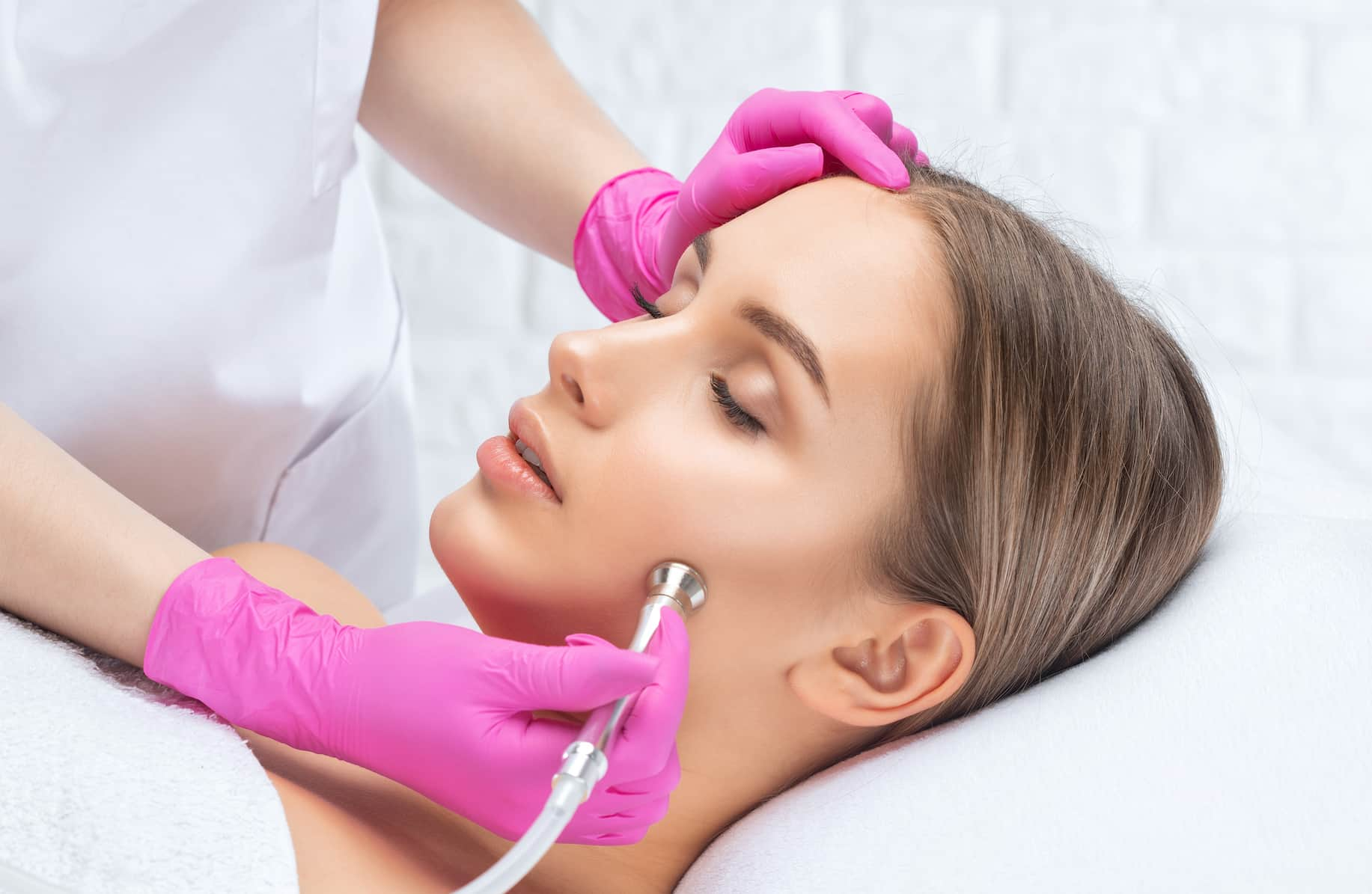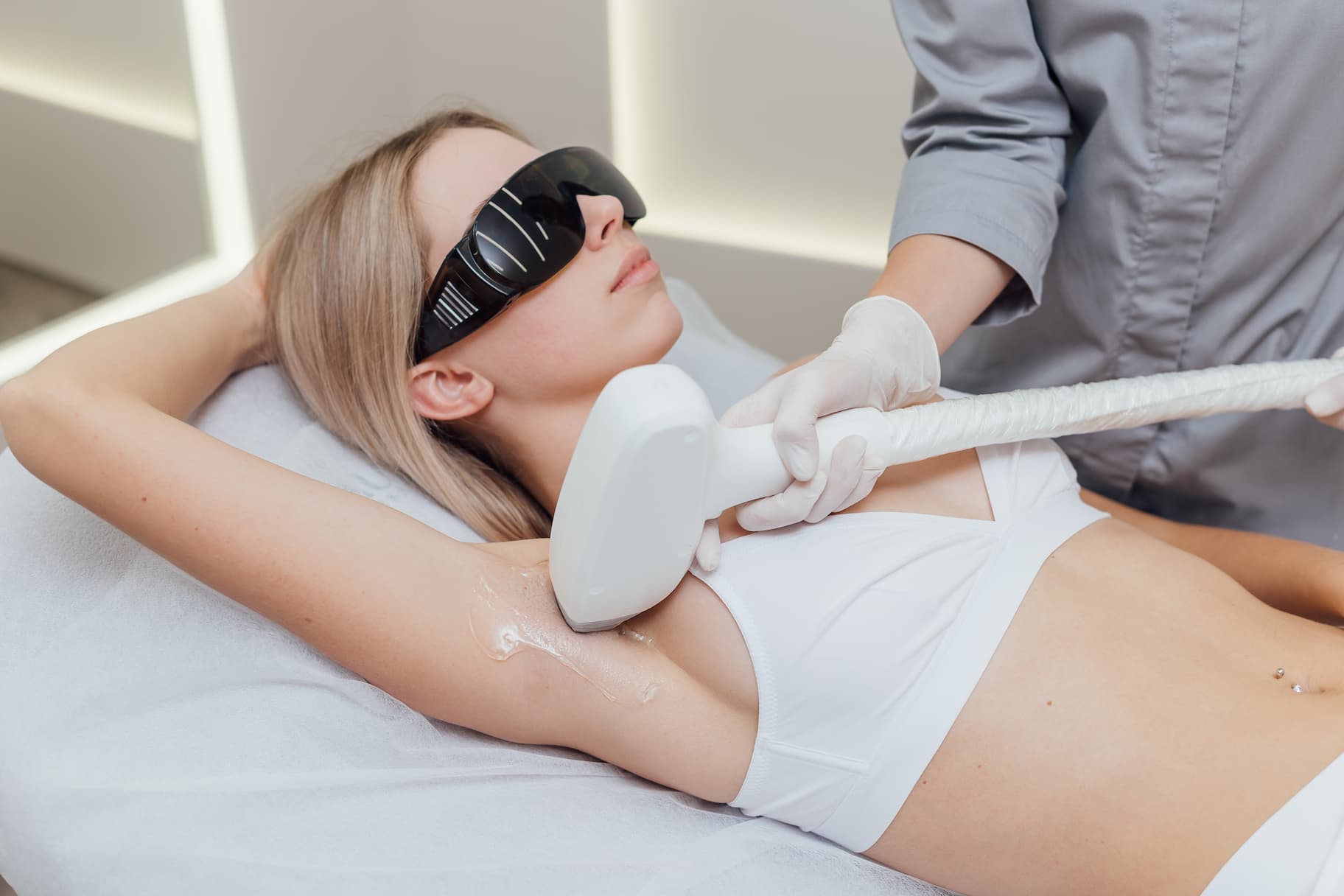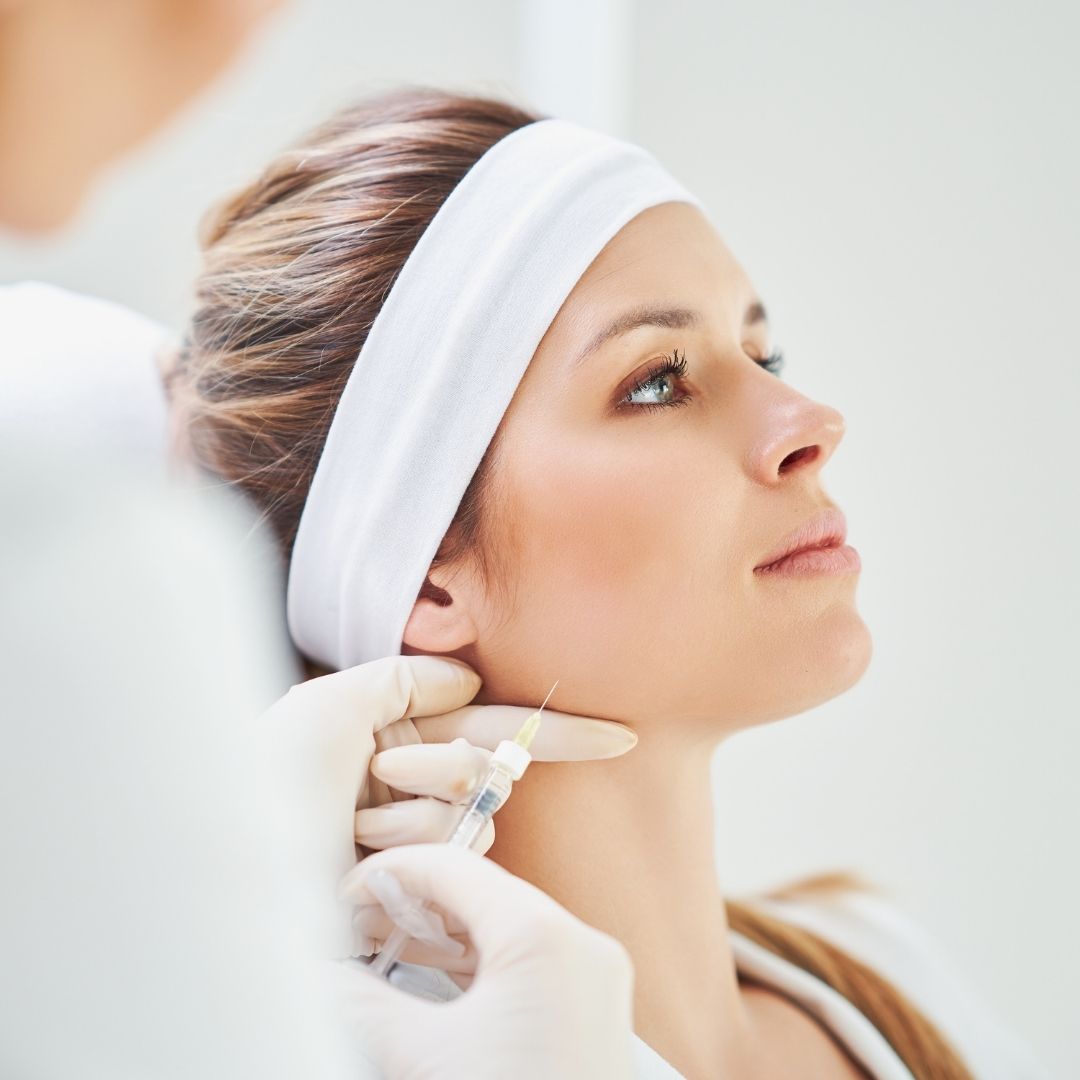
Dermabrasion vs Microdermabrasion
When it comes to skin resurfacing, dermabrasion, and microdermabrasion are two popular procedures. While both aim to improve the appearance of the skin, they differ in their techniques, intensity, and results. In this article, we’ll explore what dermabrasion and microdermabrasion are, the different types of each procedure, and which one may be best for you.
What is Dermabrasion?
Dermabrasion in Turkey is a skin resurfacing procedure that involves the use of a high-speed rotating tool to remove the outer layers of the skin. It is a more aggressive and invasive procedure than microdermabrasion, making it suitable for treating more severe skin concerns such as deep wrinkles, scars, and sun damage.
Dermabrasion is typically performed under local anesthesia or sedation and can take up to an hour or more, depending on the size of the treated area. After the procedure, the skin may be red, swollen, and sensitive, and it may take several weeks for the skin to fully heal.
Types of Dermabrasion
There are two main types of dermabrasion: traditional dermabrasion and laser dermabrasion. Traditional dermabrasion involves the use of a wire brush or diamond wheel to manually remove the top layers of the skin. Laser dermabrasion, on the other hand, uses a laser to ablate the skin, vaporizing the damaged outer layers to reveal smoother, healthier skin. These two procedures are non-surgical aesthetics operations in Turkey.
What is Microdermabrasion?
Microdermabrasion in Turkey is a non-invasive, gentle form of skin resurfacing that uses tiny crystals or a diamond-tipped wand to exfoliate the outermost layers of the skin. Unlike dermabrasion, microdermabrasion does not require anesthesia and typically takes only 30 to 60 minutes to complete. It is often used to treat minor skin concerns such as fine lines, age spots, and dull skin.
Microdermabrasion works by removing the outermost layer of dead skin cells, promoting cell turnover and collagen production. This can result in brighter, smoother, and more youthful-looking skin. Microdermabrasion is often performed as a series of treatments, spaced several weeks apart, to achieve optimal results.
Types of Microdermabrasion
There are two main types of microdermabrasion: crystal microdermabrasion and diamond microdermabrasion. Crystal microdermabrasion involves the use of a handheld device that emits a stream of fine crystals onto the skin, which are then vacuumed up along with the dead skin cells. Diamond microdermabrasion uses a diamond-tipped wand to gently exfoliate the skin, without the need for crystals.
What Is Different Between Microdermabrasion and Dermabrasion?
When it comes to comparing microdermabrasion vs dermabrasion, there are several key differences to consider, including recovery time, price, side effects, and more. Here is a closer look at how these two procedures differ:
Microdermabrasion vs Dermabrasion: Recovery Time
One of the biggest differences between microdermabrasion and dermabrasion is the amount of downtime required after the procedure. Dermabrasion is a more invasive procedure that involves deeper skin resurfacing, which typically results in a longer recovery time. Patients may experience redness, swelling, and discomfort for up to several weeks after dermabrasion, and may need to take time off from work or other activities to allow their skin to heal.
On the other hand, microdermabrasion is a less invasive procedure that typically has little to no downtime. Patients may experience mild redness or irritation immediately following the procedure, but can typically return to their regular activities right away.
Microdermabrasion vs Dermabrasion: Price
The cost of microdermabrasion vs dermabrasion can also vary significantly. Dermabrasion is a more complex and time-intensive procedure, which generally means that it comes with a higher price tag. Depending on the extent of the treatment and the geographic location, dermabrasion can cost anywhere from several hundred to several thousand dollars.
Microdermabrasion, on the other hand, is a simpler and less time-consuming procedure that is generally more affordable. Depending on the provider and location, microdermabrasion typically costs anywhere from $75 to $200 per session.
Microdermabrasion vs Dermabrasion: Side Effects
Both microdermabrasion and dermabrasion come with potential side effects and risks, although these can vary depending on the patient and the specific procedure. With dermabrasion, patients may experience redness, swelling, and discomfort immediately following the procedure, as well as scabbing, peeling , and discoloration as the skin heals. There is also a risk of infection, scarring, and changes in skin pigmentation with dermabrasion.
Microdermabrasion, on the other hand, is generally considered a low-risk procedure with minimal side effects. Patients may experience mild redness, itching, or tightness immediately after the procedure, but these typically resolve within a few hours.
Microdermabrasion vs Dermabrasion: Results
One of the most significant differences between microdermabrasion vs dermabrasion is the extent of the results achieved. Dermabrasion is a more intensive procedure that can effectively treat deep wrinkles, scars, and other severe skin concerns. The results of dermabrasion are generally more dramatic and longer-lasting than those of microdermabrasion. However, dermabrasion may not be suitable for all patients, particularly those with darker skin tones or a history of keloid scarring.
Microdermabrasion, on the other hand, is a gentler procedure that is best suited for minor skin imperfections such as fine lines, age spots, and dull skin. While the results of microdermabrasion are typically more subtle than those of dermabrasion, it is a safe and effective option for many patients.
Which Procedure Is Best for You?
Deciding between dermabrasion and microdermabrasion ultimately depends on your individual skin concerns and desired outcomes. If you have deep wrinkles, scars, or sun damage, dermabrasion may be the better option for you. However, if you are looking to improve minor skin imperfections such as fine lines, age spots, or dull skin, microdermabrasion may be the ideal choice.
It’s also important to consider your skin type and any potential risks or complications associated with each procedure. Dermabrasion may not be recommended for individuals with darker skin tones or a history of keloid scarring, while microdermabrasion is generally safe for all skin types.
Before deciding on a procedure, it’s best to consult with a licensed dermatologist or skincare professional who can evaluate your skin and recommend the most appropriate treatment plan. They can also advise you on how to properly care for your skin before and after the procedure, to ensure the best possible results.
The Study of Dermabrasion vs Microdermabrasion
A recent comparative study conducted at a renowned dermatology clinic in Turkey aimed to evaluate the effectiveness of dermabrasion and microdermabrasion for skin resurfacing. The study found that dermabrasion, while more invasive, produced more dramatic results, particularly in addressing deep wrinkles and scars. However, microdermabrasion was favored for its gentler approach and safety profile, making it the preferred choice for minor skin imperfections, with results that were subtle but effective. These findings underline the importance of individual skin concerns and goals in selecting the appropriate procedure.
Choosing Dermabrasion or Microdermabrasion
In conclusion, dermabrasion and microdermabrasion are both effective methods of skin resurfacing, but they differ in their techniques, intensity, and results. Dermabrasion is a more invasive and aggressive procedure that is best suited for treating more severe skin concerns, while microdermabrasion is a gentler, non-invasive option for minor skin imperfections. Ultimately, the best procedure for you will depend on your individual skin concerns, skin type, and desired outcomes.



